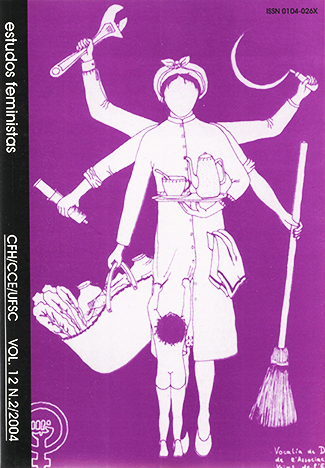On the Threshold of Discrimination: the Burden of Sex and Race Attributes in Brazil (1989- 1999)
DOI:
https://doi.org/10.1590/S0104-026X2004000200011Abstract
Brazil is characterized by high levels of income inequality between blacks and whites, men and women. To undertake a solid analysis of the level of discrimination which prevails in the labor market, we sought, in this paper, to control the effects of individual attributes (such as age and schooling) and of workplace characteristics (formal labor relations, geographical location and job ladder position). Based on a comparison between two microdata sources provided by PNAD (National Research by Domicile Sampling), relative to the years of 1989 and 1999, it was possible to establish three different results. In the first place, it was perceived that, in relation to women, market discrimination is even higher than that measured by the mere difference between their income and the income of men; in relation to black men and women, the net effect which could be attributed to income discrimination does not appear as high, since other, and at times more important, factors act simultaneously, explaining the significant salary differences which distinguish them from white workers. In the second place, it was observed that the 1990’s usher a reduction in the intensity with which factors connected to race and sex discrimination affect such inequalities; this reduction, however, is still small, deriving mainly from the important losses in the average salary of men, especially white men. In the third place, when observed in relation to the different positions in income distribution, inequality determinants vary in importantce, and factors related to sex and color discrimination appear as the most decisive, especially among women and blacks who may reach top positions in the social ladder.Downloads
Downloads
Published
How to Cite
Issue
Section
License
Revista Estudos Feministas is under the Creative Commons International 4.0 Attribution License (CC BY 4.0), that allows sharing the work with recognition of authorship and initial publication in this journal.
The license allows:
Sharing (copying and redistributing the material in any support or format) and/or adapting (remixing, transforming, and creating from the material) for any purpose, even if commercial.
The licensor cannot revoke these rights provided the terms of the license are respected. The terms are the following:
Attribution – you should give the appropriate credit, provide a link to the license and indicate if changes were made. This can be done in several ways without suggesting that the licensor has approved of the use.
Without additional restrictions – You cannot apply legal terms or technological measures that prevent others from doing something allowed by the license.




